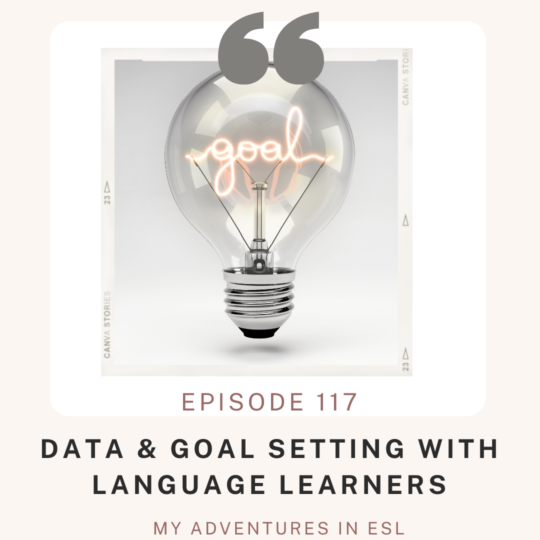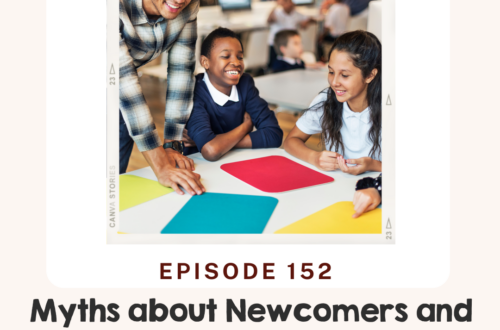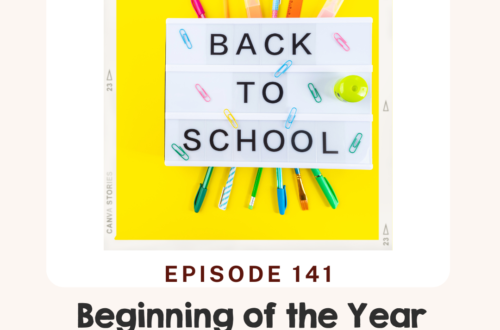
Ep. 117 Tracking Data & Goals for ELLs
Welcome educators! Before we start, I want to share an excellent free tool available to you. It is “The Ultimate Guide to a Successful School Year”. In this guide, I walk you through how you can take those nervous jitters to have undeniable confidence throughout the school year. All because you started with these basic steps in the guide. To download the guide go to myadventuresinesl.com/ultimateguide.
We are going to start off today’s episode with your reflection question.
On a scale from 1 – 10, rate how well did you and your students do with tracking their data last school year?
Take a moment to reflect on this question. Think about this question and answer yourself honestly about where you stand.
A problem that many of us are having is that we don’t know how to set language goals. We also struggle with having efficient tools to track data and progress.
Like many of you, this is where I struggled. I knew the power of setting goals with my students but didn’t know how to set them and how the students can track those goals.
I started to reflect on what worked for me personally and began to do research on how to set goals in the classroom. What I came across is SMART goals. SMART goals stand for Specific, Measurable, Achievable, Relevant, and Time-Bound.
I also could not find resources that would allow students to efficiently track their language goals.
After having an understanding of what I needed, I knew that my next steps were to create a resource that met those needs.
I also made some mistakes along the way that I want to share with you so you don’t make those same mistakes.
Before setting any language goals for your students or having them set language goals, you need to review their data. I recommend reviewing their language assessment data from the previous school year if taken at the end. You can also have them take a language at the beginning of the year that measures all four domains of language.
When reviewing the data of your students, write down their areas strength and their areas of growth. Pinpoint areas where there was also a possible decline. If you notice any trends with the students, write that down as well. Once you have that key information you can move towards helping students set goals.
The next step is to have your students review their data. I do this in my classroom by having them write and graph their data for the previous two years. This allows the students to visualize the areas they excelled and the areas where they declined. This is a key component of them setting their goals.
After the students see a visual of their data, we then move towards setting a SMART Goal for each domain of language. For example, a student scores 3.5 in speaking in her 3rd-grade year and 2.8 in her 4th-grade year. On the graph, she will see a decline. We then have a conversation on why she thinks it might have declined. In this case, she might say, “I didn’t speak enough.” This is where I present a speaking rubric and say this is what is needed to move forward. Using that rubric, we can set specific goals.
This can be done as a whole group activity where you can have them brainstorm as a group. Also, this can take a few class periods and that is perfectly okay.
- I have an in-depth data binder available to purchase in my Teacher Pay Teacher store. Go preview it! Plus it will be on sale from August 29 – August 30, 2023!
- Create a plan for how you plan to help your students set language goals in the classroom.
What are some struggles you are having at the moment with data tracking? Share below in the comments.
You can download the transcript here.




